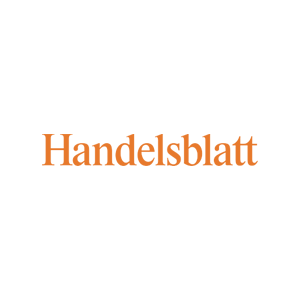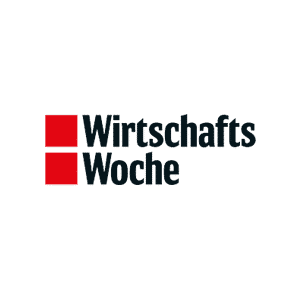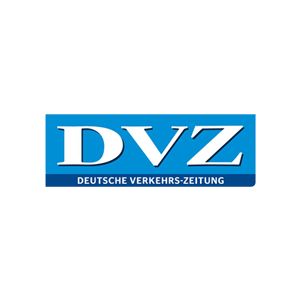The term “milk run” originated from a general practice in the dairy industry in which a single tanker collects milk from various dairy farms. The tanker then delivers this milk to a processing factory. This practice allows dairy farms and the factory to ensure door-to-door delivery of milk.
Milk Run Logistics is no longer restricted to the dairy industry, as it’s being used by almost all types of businesses, especially warehouses. A warehouse with a broad external or internal supply chain can use this method to cut down on shipping costs. It can use this method to receive and deliver goods to the customer cost-effectively.
Some of the industries that are actively using Milk Run Logistics include:
- Automobile
- Warehousing
- Heavy equipment and machinery
- Retailers
- Supermarket deliveries
Let us focus on the benefits and drawbacks of Milk Run Logistics. It also comprehensively explains different factors to consider while incorporating this delivery method into your supply chain operations.
Benefits of Milk Run Logistics
- Cost-effective and efficient
As explained earlier, Milk Run Logistics delivers a large number of loads in a single trip, significantly cutting down shipping costs. Businesses can save a lot in terms of lower fuel consumption with this delivery mode.
Another reason to adopt Milk Run is its efficiency. It transports multiple loads from several suppliers on a single vehicle, eliminating the need for multiple trips to maintain the supply chain. In simple words, Milk Run makes your supply chain efficient through load consolidation.
- Forging strong supplier-customer relationship
Milk Run ensures the customer gets goods from suppliers on time, leading to an enhanced business relationship between them. It also enhances cooperation between customers and suppliers, paving the way for improved service and a more resilient supply chain.
- Sustainable and environmentally friendly
As Milk Run Logistics reduces the number of trips required to deliver loads, it reduces fuel consumption, lowering gas emissions and the carbon footprint on the environment. That’s why Milk Run is considered as an integral part of the future of sustainable logistics.
- Empowers JIT (Just-In-Time) approach
With Milk Run Logistics, companies don’t have to arrange a large storage space to store their inventory, as they can get the goods delivered whenever they need them. That allows them to lower their storage cost.
Drawbacks of Milk Run Logistics
- Operational Complexity
Milk Run Logistics requires foolproof route planning. It needs proactive scheduling of loads. Any disturbance, like the supplier’s failure to get the shipment ready to be delivered, can disturb the whole process.
- Limitations regarding unscheduled needs
While Milk Run logistics is effective enough to fulfill regular schedules, it can have some limitations when it comes to meeting unscheduled needs. For example, the delivery method can’t entertain unexpected/emergency delivery demands from a customer.
Factors you must consider while incorporating Milk Run Logistics into your supply chain
In case Milk Run Logistics could boost the efficiency and cost-effectiveness of your supply chain, consider the following factors.
- Supplier-customer coordination and cooperation
Milk Run Logistics is all about coordination and cooperation between supplier and customer. So, before implementing Milk Run, it’s important to ensure that all your suppliers agree to fulfill milk run schedules without any disruption. You must also ensure they’re agreed upon on timing, route, transportation vehicle, pickup points, and the shipment’s size.
- Route optimization
After the supplier-customer agreement, the next step is route optimization. Both parties should work together to figure out the shortest, yet safest, and disruption-free route for milk run shipments.
- Cost analysis
Cost analysis includes the evaluation of the initial investment required for Milk Run. It also includes an analysis of potential technological costs and the expected ROI (Return on Investment).
- Meeting technological requirements
Before implementing Milk Run, it’s important to ensure that all technological requirements are met and that both parties are ready to support this delivery method. It includes upgrading the Transportation Management System, arranging transportation infrastructure (such as loading docks), and setting up the tracking system.
- Legal Compliance
You must ensure that your Milk Run Logistics plan complies with laws and regulations implemented by given local and federal governments.
Conclusion
Milk Run Logistics can prove to be a powerful delivery method to reduce shipping costs and improve delivery times. However, you must weigh the potential drawbacks of this method while considering implementing it into your system. The successful implementation of Milk Run Logistics also requires meticulous planning, coordination, and adherence to technological and legal requirements. Businesses must carefully analyze their supply chain operations to figure out whether they can support this delivery method. A trust-based relationship among suppliers and customers is crucial to fully harness the advantages of Milk Run. Investing in technology and modern transportation infrastructure can also be helpful in mitigating the operational complexities associated with Milk Run Logistics.









